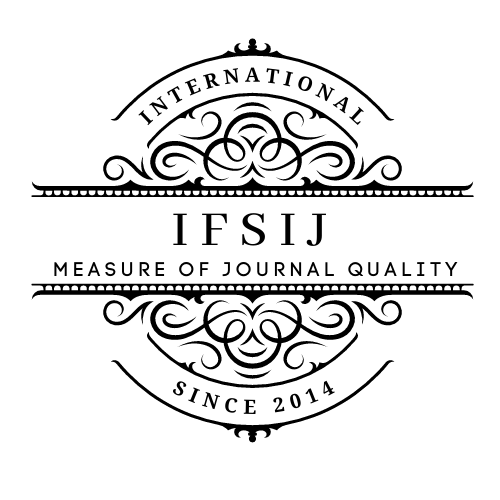OPPORTUNITIES FOR USING THE SKIN OF AFRICAN CATFISH (CLARIAS GARIEPINUS) FED IN ARTIFICIAL RESERVOIRS OF NAMANGAN REGION AS RAW MATERIAL FOR THE LEATHER INDUSTRY
Keywords:
Fish leather; african catfish; clarias gariepinus; aquaculture; exotic leather; sustainable raw materials; namangan region; environmental protection.Abstract
The leather industry traditionally relies on hides and skins from large and small ruminants as well as pigskins as its primary raw materials. However, the growing demand for sustainable and traceable resources has led to increased interest in alternative sources, particularly exotic leathers such as fish skins. In this study, the potential of African catfish (Clarias gariepinus) cultivated in artificial reservoirs of Namangan region was investigated as a raw material for leather production. Skins were obtained as by-products from local aquaculture enterprises and subjected to processing under controlled technological conditions. The results demonstrate that African catfish leather is characterized by a scaleless and strong structure, distinguishing it from trout and salmon leathers, which are fine-scaled and delicate, and carp leather, which is coarse-scaled and difficult to process. Processing African catfish skins not only provides high-quality, durable leather suitable for various applications but also contributes to waste reduction, environmental sustainability, and the efficient use of local resources. Furthermore, this practice can stimulate the expansion of the leather assortment, create new employment opportunities, and support the development of export-oriented products.
Downloads
Published
Issue
Section
License

This work is licensed under a Creative Commons Attribution-NonCommercial-NoDerivatives 4.0 International License.















